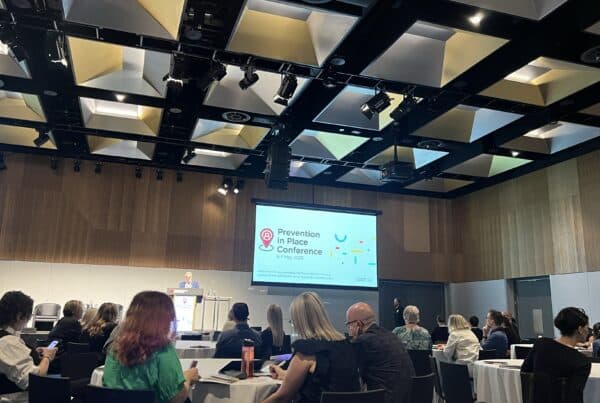During the high school years, young people (aged 12-17) are at a critical stage of development, with research suggesting that any alcohol or other drug use during this time may cause significant harm and increase the likelihood of dependence in the future.
According to a new Background Paper released by the Australian Alcohol and Drug Foundation earlier this year, delaying young people’s drug and alcohol use for as long as possible can help to reduce future risks.
As part of their summary, the authors explore the best strategies for preventing and delaying young people’s use of alcohol and drugs.
The Australian alcohol guidelines recommend that young people delay their first drink until they are at least 18 years old.
There are programs and approaches that can help prevent and reduce alcohol and other drug issues and related harms for young people, including vulnerable youth populations.
There are many factors that influence a young person’s decision to start using drugs and alcohol, including
- individual, personal circumstances
- friends
- family
- what they do for fun and leisure
- school
- local community and broader environment.
What can help and what can hinder?
There’s lost of factors that impact a young person’s decision to start consuming drugs and alcohol. The paper’s authors highlight that parents and carers play a critical role in a young person’s development and can take steps to help prevent – or delay – a young person’s initial use of alcohol and other drugs.
Family unit factors that can increase likelihood of underage drinking:
- parental drinking
- parents who talk about alcohol ‘positively’
- parents who talk about their own negative drinking experiences.
Family unit factors that can decrease likelihood of underage drinking:
- parental monitoring of their children
- a quality parent-child relationship
- parental support and involvement in their child’s lives.
When parents give young people alcohol, or let them drink at home, young people are more likely to start drinking earlier, drink more often, and drink higher quantities of alcohol.
Boosting parents and carers understanding about why their children shouldn’t drink during adolescence, and the supportive actions they can take, may reduce the likelihood that their child will drink and drink in harmful ways.
Importance of open conversations
Open conversations about alcohol and other drug use between parents and their children should start early, and will prepare young people for times when they encounter alcohol or other drugs.
Through conversation, parents can support young people with the right attitude and information before they reach high school, creating an understanding that there are no ‘silly’ questions and no topics off-limits.
Fun and recreation
How young people spend their spare time may also influence their use of alcohol and other drugs.
Having significant unsupervised and unstructured time may increase the risk of alcohol or other drug use; while being engaged in structured and supervised activities can potentially reduce the risk.
Being involved in sport and other activities such as music, dance, skateboarding and gaming, can help prevent – or delay – a young person’s initial use of alcohol and other drugs.
Availability of alcohol
The availability of alcohol is affected by how many venues sell alcohol in an area (outlet density), venue opening hours, and the age for legal purchase of alcohol.
Australian research has found that a higher density of shops selling alcohol in a community – specifically take-away liquor outlets – is linked to a higher risk of alcohol consumption for adolescents between 12–14 years of age.
Access to online sales of alcohol, as well as poor enforcement of underage purchasing or secondary supply laws can also result in increased drinking among adolescents.
Promotion of alcohol
Young people are exposed to alcohol advertising through television, radio, print and social media, alcohol branded merchandise, and outdoor billboards.
Exposure to alcohol advertising is one factor that shapes young people’s attitudes to, and consumption of, alcohol.
The more exposed to alcohol advertising a young person is, the more likely they are to engage in problematic drinking.
Social media allows brands to target young people in ways that are difficult to regulate, and sport sponsorships allow alcohol brands to bypass regulations that prohibit alcohol advertising during children’s viewing times.
With social media becoming such a major part of the lives of so many adolescents and young adults, it provides an easy opportunity for alcohol companies to advertise their products to millions of young people cheaply.
On social media, alcohol consumption (binge drinking in particular) is normalised and often glamourised among adolescents and young adults. There is strong evidence that this is linked to increased alcohol consumption and alcohol-related problems.
Learn more about the youth-specific drug and alcohol treatment programs Sir David Martin Foundation supports at Triple Care Farm.






